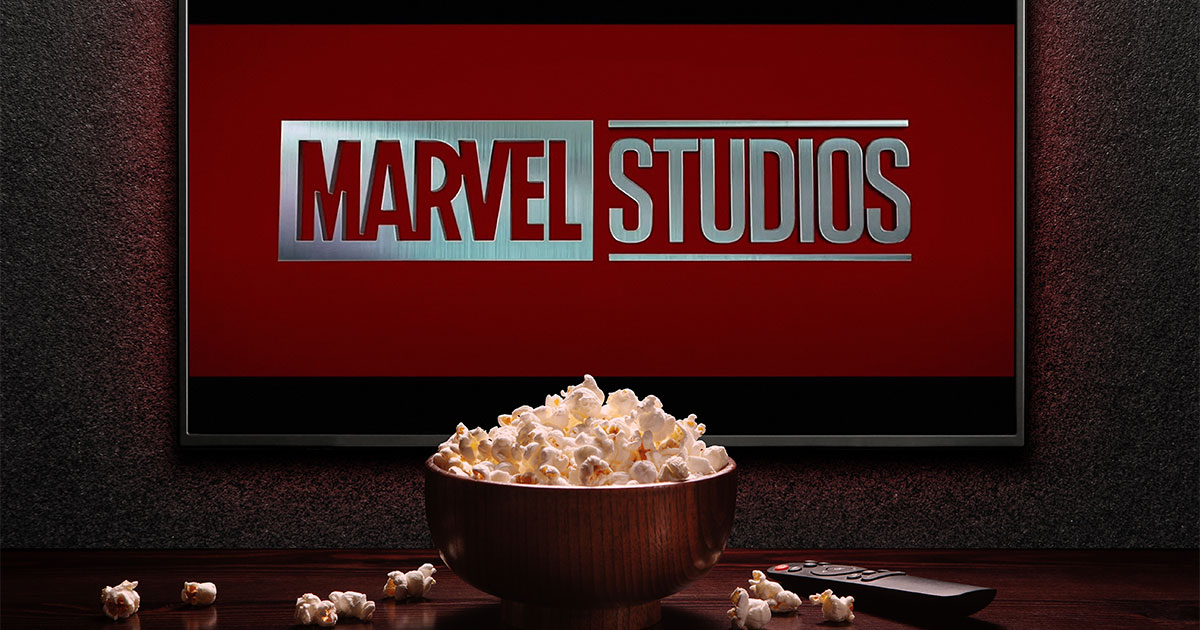What Superheroes Can Teach About Brand Management

June is here, and with it the summer blockbuster season is in full swing at multiplexes.
As usual, that means sequels. Plenty of them. This season has seen (or will see) new installments of Indiana Jones, Mission Impossible, Fast and the Furious, Transformers, Book Club, Guardians of the Galaxy, and Spider-Man, among others.
Throw in a couple of remakes of classic films (The Little Mermaid and White Men Can’t Jump), and that’s a lot of movies revisiting places and characters that audiences are all too familiar with.
That familiarity is exactly what movie studios are banking on. Why take a risk on an original story, the thinking goes, when you can rely on a film franchise that’s already proven to be popular. “You extend the story because you have a built-in audience and you know they will follow,” says Rich Hanna, professor of practice in marketing at Babson College.
Sequels are certainly nothing new, but nowadays in this age of streaming, some film franchises encompass not only a head-spinning amount of movies but also TV shows as well. Think of the Star Wars and Marvel brands, two expansive movie universes that feature multiple TV shows on Disney+.
All this content does beg the question: Can there be too much of a good thing? The more sequels and shows these ubiquitous brands add, the more unwieldy and complicated they become, and the more likely they risk burnout, backlash, and boredom from the disparate audiences they’re dealing with: critics, trolls, casual fans, and hard-core fanatics, who may be small in number but are vocal and loud about what they like and what they don’t.
“The more complex the story becomes,” Hanna says, “the more difficult it becomes to make everyone happy.” Judging by recent box office and subscription numbers, the attempts to keep everyone happy may not be as successful as they used to be.
The Rise of Streaming
Hanna has spent a lot of time thinking about the marketing and management of large, complex pop culture brands across multiple channels. He has been a fan of such brands since he was a child. “I think I was 7 years old when the first Star Wars came out,” he says. “Star Wars comes out, and it changes everything. It changes my concept of what could happen and what could be. It spoke to me.”

Rich Hanna, professor of practice in marketing at Babson College
Forty-six years after that first movie came out in 1977, streaming services need content for their millions of subscribers, and they are turning to established brands such as Star Wars to create it. “Streaming television has created a greater need for content,” Hanna says. “People are begging for more content.”
That demand, however, may have limits. In May, Disney+ announced that it lost 4 million subscribers in the first three months of 2023, the second consecutive quarter it has seen a drop.
At the same time, movie releases in the Marvel Cinematic Universe since the high-water mark of 2019’s Avengers: Endgame, the second highest grossing movie of all time, no longer seem to be surefire hits in the way they used to be. Lucasfilm, meanwhile, hasn’t released a new Star Wars movie since the messy Rise of Skywalker in 2019.
New Vs. Old
To continue to be successful, these long-time brands must navigate multiple audiences, something that is increasingly hard to do with every new release. Casual fans, for instance, may not want to keep up with every new movie, TV show, or, in some cases, book and video game that these brands put out. “People get tired of it,” Hanna says. “Over time, it becomes more and more difficult for people to stay with the storyline. It becomes really complex.”
Potential new fans may look at the intimidating amount of existing content and throw up their hands. “People don’t want to get into it,” Hanna says. “It’s too complicated.”
Any efforts to keep things fresh, in an effort to reach these newer and more casual fans, may face fierce resistance from the more fanatical corner of the fan base. “How much do you dedicate to the hardcore fans and to the new audience?” Hanna asks, and that is a tough question to answer. Brands don’t want to sacrifice newcomers, but yet, they don’t want to lose their most passionate fans, who can be their biggest champions.
Trying to balance the needs of both can turn out disastrous. Consider the final trilogy in Star Wars’ long-running Skywalker saga. “The entire new trilogy does not pay close attention to what came in the past and takes liberties with the story and characters that were well loved,” Hanna says. That resulted in withering criticism from long-time fans, and efforts to correct course somewhat in the trilogy’s final installment, The Rise of Skywalker, proved clumsy.
“It is difficult to watch. It is edited in a way that doesn’t make sense,” Hanna says. “The last Star Wars movies are a case study in how you make your two types of fans hate you.”
Critics and Trolls
Another audience brands must keep in mind is critics, and not just those at major outlets such as The New York Times. All kinds of critics online have developed followings, and their reviews are collected by popular review aggregators. “They drive Rotten Tomatoes,” Hanna says. “They dissect everything that is done and flag mistakes.”
Unfortunately, there are also trolls, who often can turn sexist and racist. Marvel, for instance, has dealt with trolls in recent years when introducing new superhero characters who are women and of Asian descent. “You have the trolls of the world who hate on anything that is not ‘mainstream,’” Hanna says. “They try to critically take down these efforts before they even get started.”
“The more complex the story becomes, the more difficult it becomes to make everyone happy.”
Rich Hanna, professor of practice in marketing
Just because movies and shows present a fictional universe doesn’t mean they are immune to the problems of the real world, says Hanna. “A lot of superheroes were white males written by white males. We have to evolve beyond that,” he says. “But we have this vocal minority who jumps in and tries to spoil it for everyone. They are able to have a loud voice.”
To keep the brand steady through all its many challenges, Hanna says it needs a strong leader who understands the story the brand is telling, from beginning to end. “You got to have someone who owns the story,” he says, “and who keeps you from going down the wrong path.”
Posted in Insights





